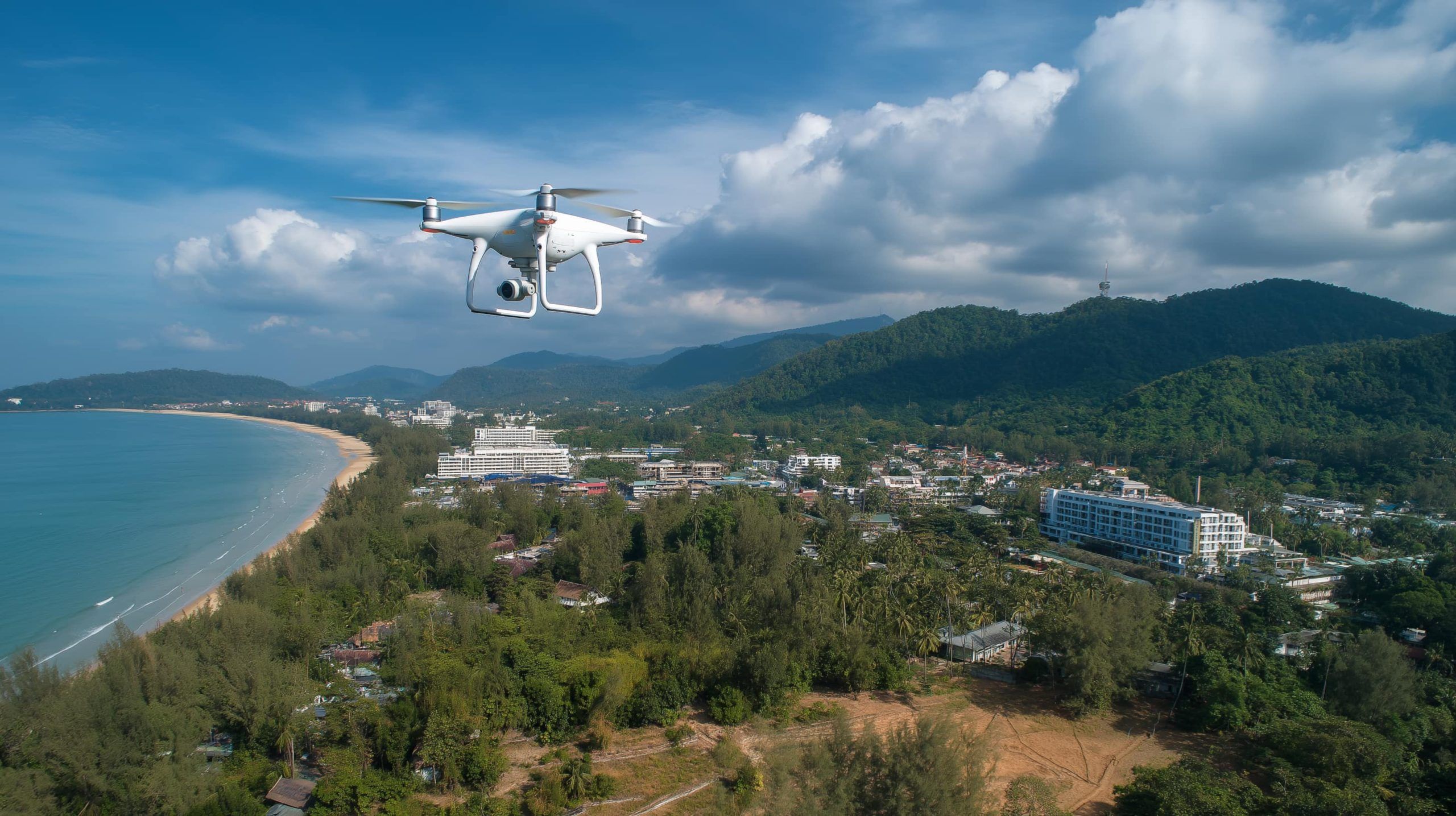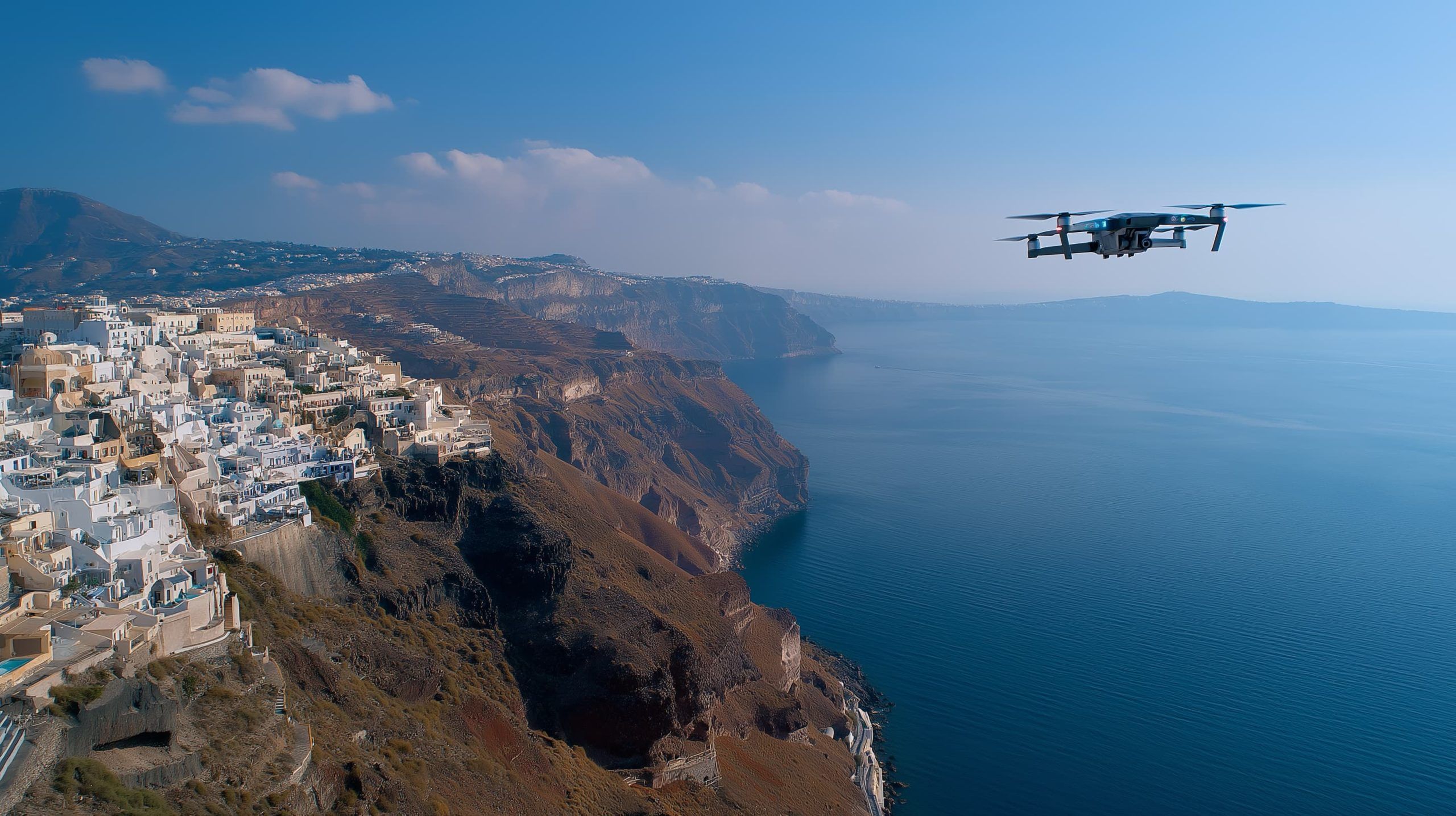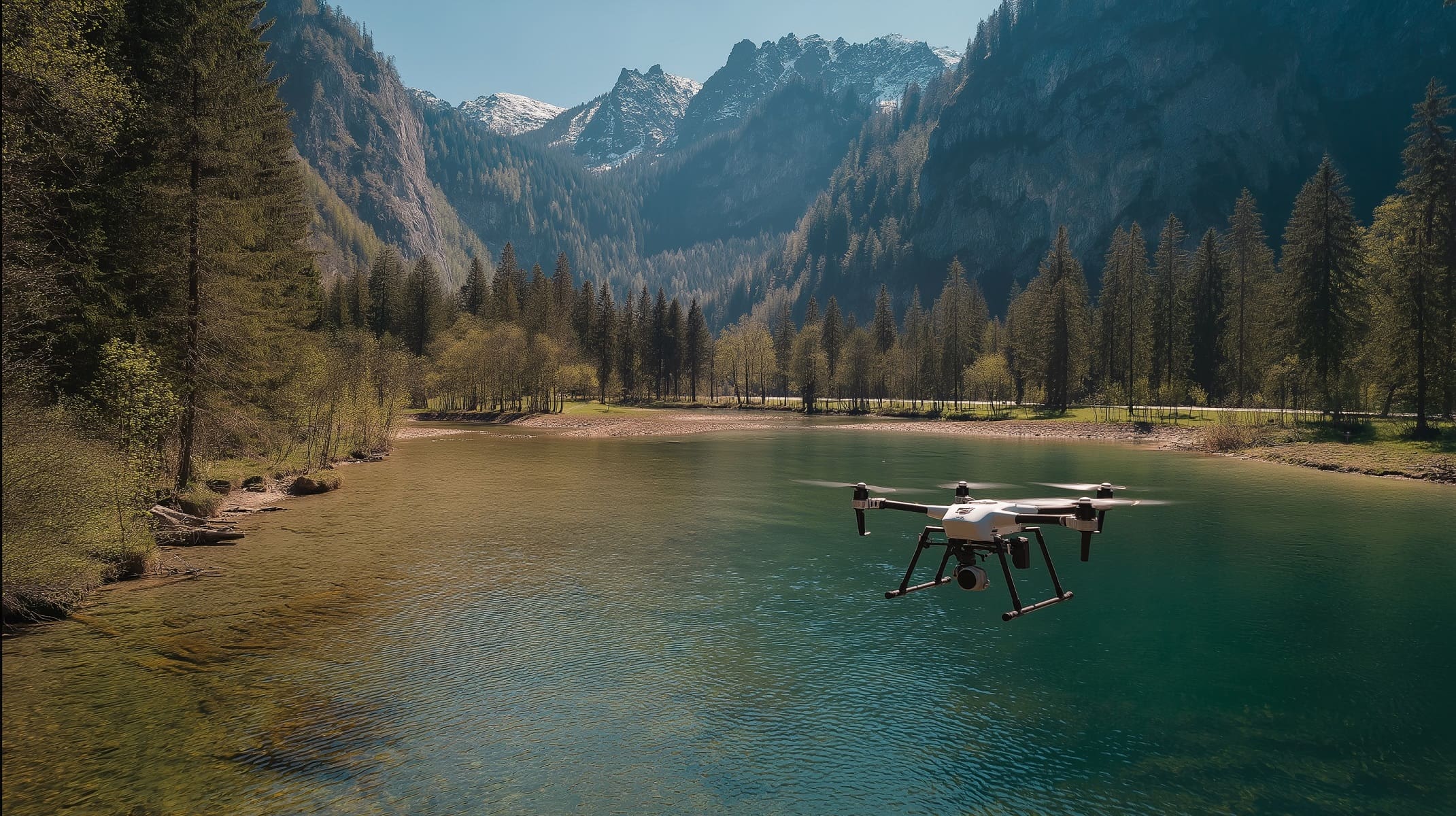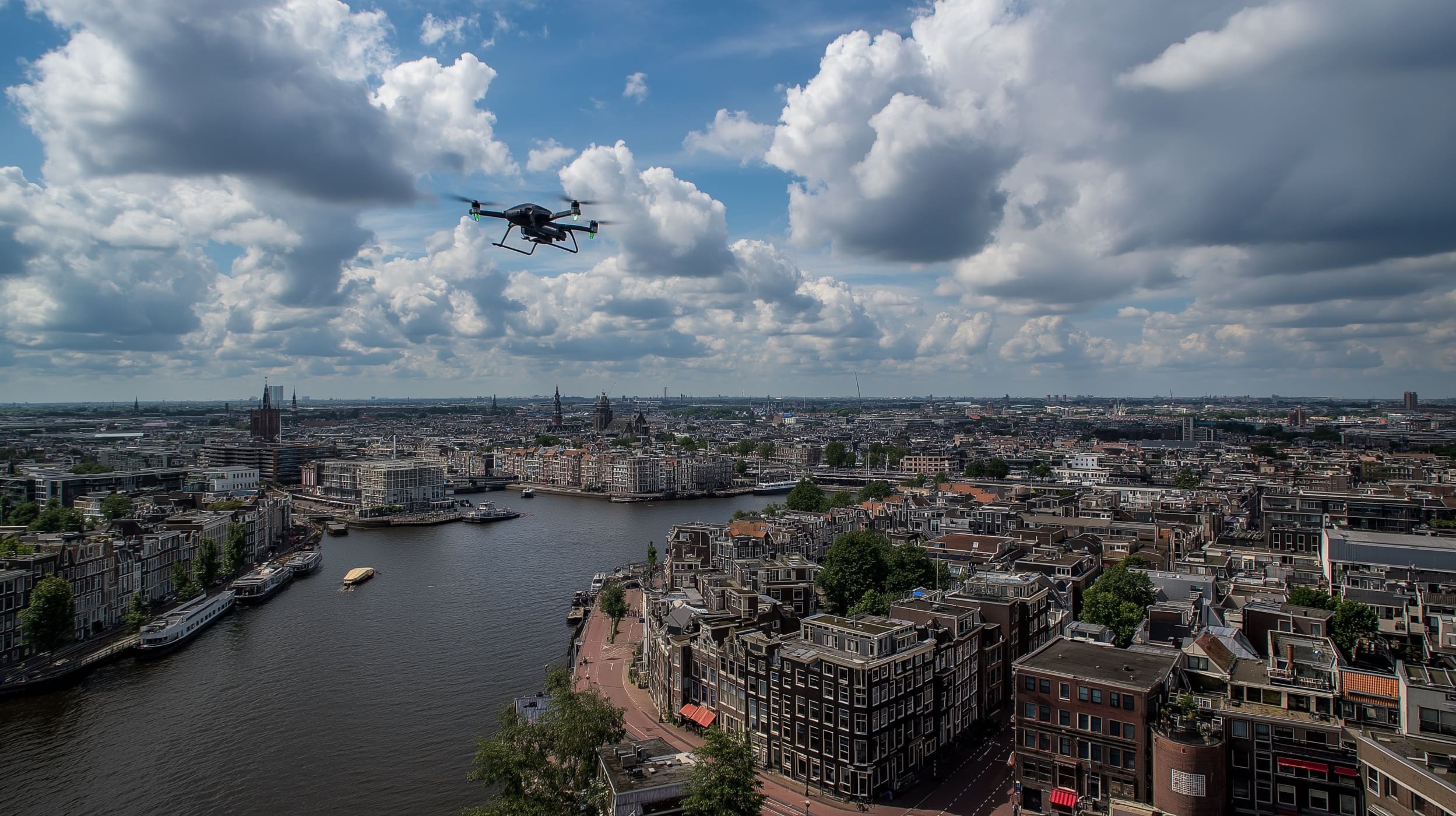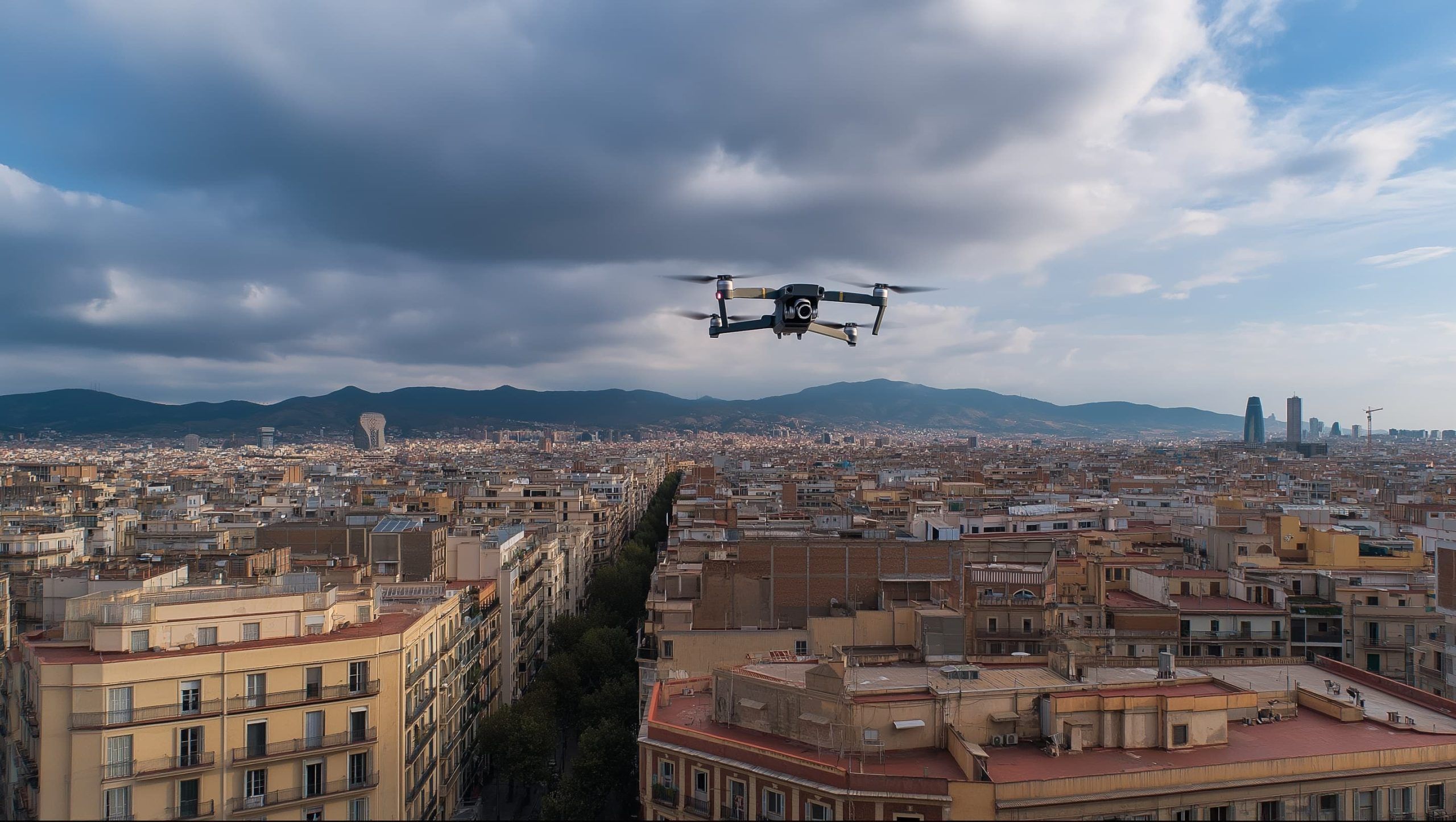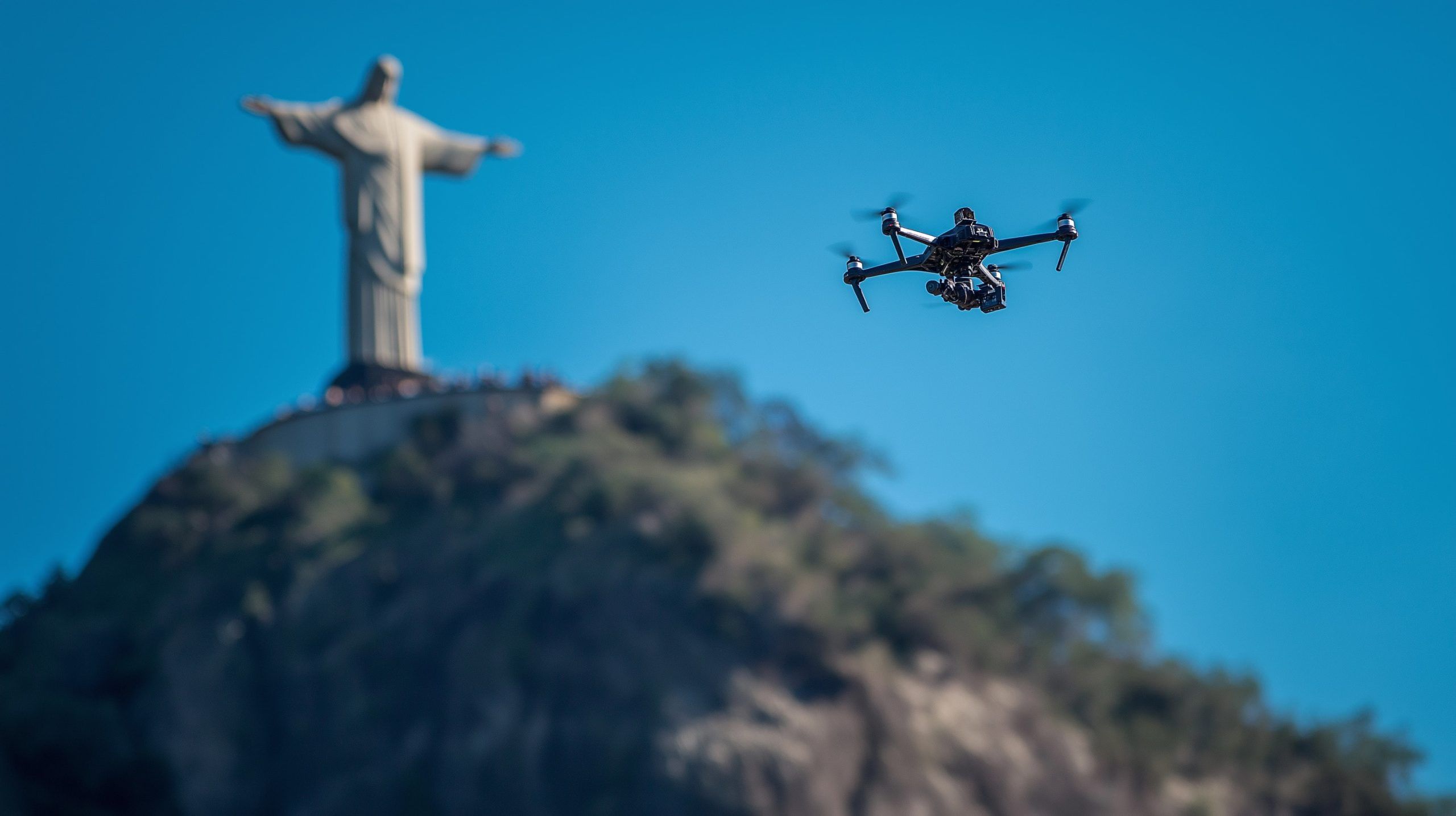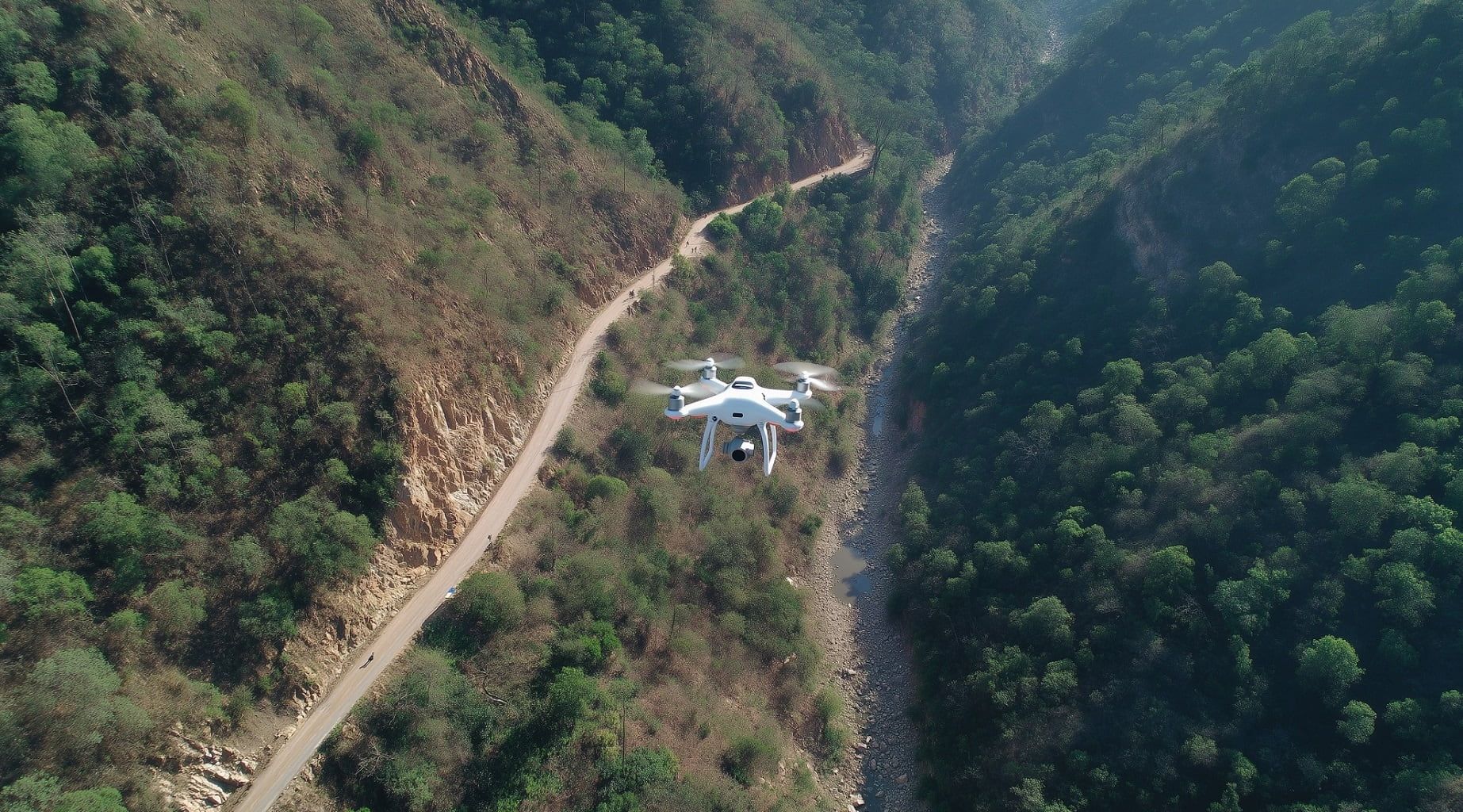
Drone Laws in Warsaw, Poland (2025) – New Rules, No‑Fly Zones, and Massive Fines Revealed
Key Facts Poland’s Drone Laws Overview (Applicable in Warsaw) Poland’s drone regulations combine EU-wide rules with specific national requirements. Since 31 December 2020, Poland has adopted the common EASA framework (EU Regulations 2019/947 and 2019/945) ts2.tech. These rules categorize operations
